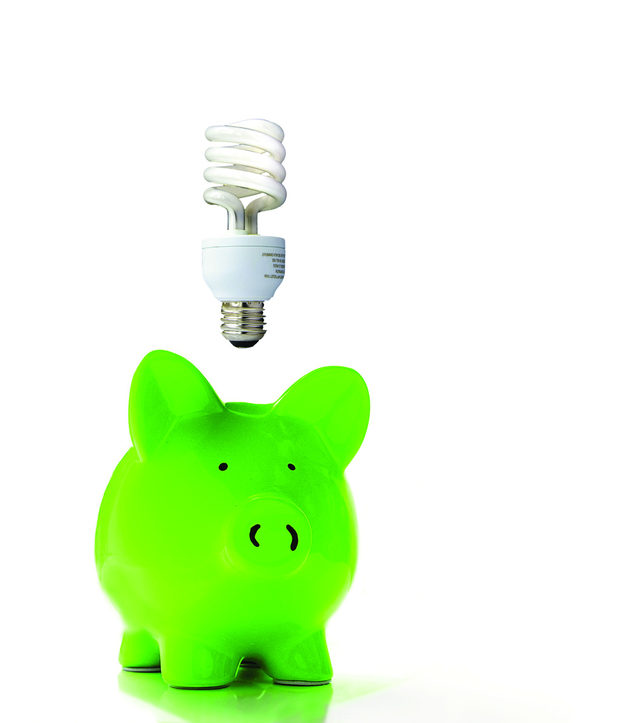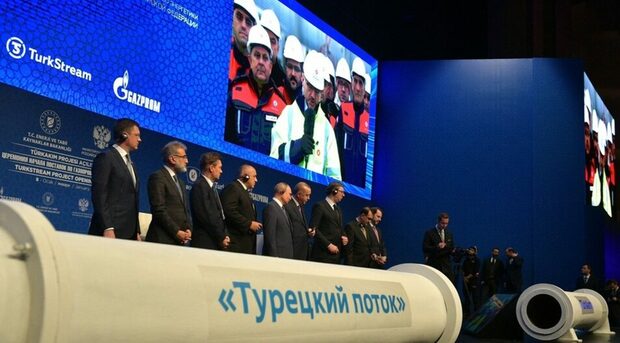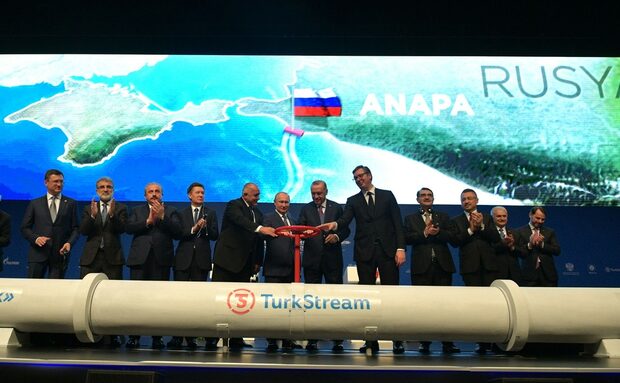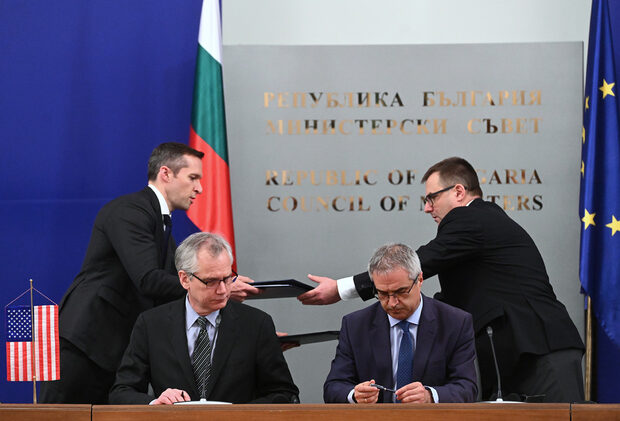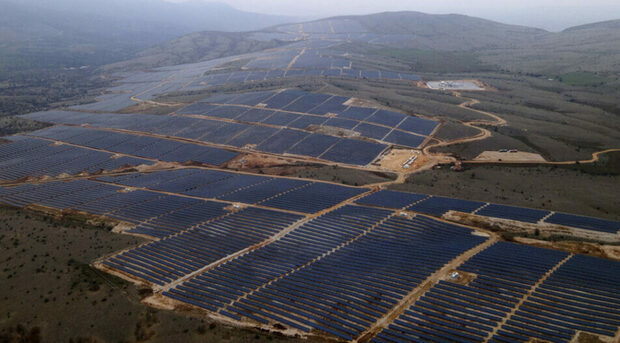The green energy of today has one major flaw: while its deployment is environmentally beneficial, it's still prohibitively expensive. Consumers don't see the reduction of CO2 emissions but a glimpse at their rising monthly bills makes them moan. While a few clicks in Google are enough to find out what the share of renewable energy sources (RES) in the European Union member states' energy consumption is (17% in 2016 and almost 30% in electricity supply), the associated costs are not so easy to discover. No institution in the EU maintains such statistics and only a handful of countries publish transparent data on what consumers pay to reduce their dependence on fossil fuels. Now, when the EU is embarking on a new, far more ambitious climate change mitigation goal, the question how affordable this policy is looms large. Recently, the 28 EU member states agreed to cut by 2030 their greenhouse gas (GHG) emissions by 40% in comparison with their levels in 1990, twice the target for 2020. At the same time, the EU agreed to reach union-wide a share of 32% of renewable energy in its final energy consumption, an increase of little more than 50% above the current goal. In 2016, 23 of the EU member states (there is no reliable data for the other five) spent more than 62 billion euro in subsidies to support renewable electricity generation, a comprehensive research by Capital newspaper reveals. In addition, electricity producers paid 3.79 billion euro in 2016 for CO2 emission allowances (they are meant to make energy produced from fossil fuels more expensive) - costs which were also passed on to consumers. The total amount is staggering but there is a catch. While 499 million EU citizens (in the 23 surveyed countries) actually spent just 126 euro per capita on average in 2016, the financial burden was spread highly unevenly among the member states. Who pays the most? When there are discussions on the cost of green energy, they usually revolve around the total support given to the renewable energy producers or around the support per megawatthour (MWh) of electricity produced. These two metrics, however, don't reveal much.
A Bulgarian consumer, for example, is paying one-fifth of what a German one is paying in absolute terms (see the charts). However, in terms of percentage of national GDP, i.e. the burden on the national economy, those payments make Bulgaria among the number one spenders on green energy in EU. Germany, which in absolute terms pays the most, is actually in the middle of the ranking - for the huge German economy 23 billion euro in subsidies in 2016 is not such a big deal.
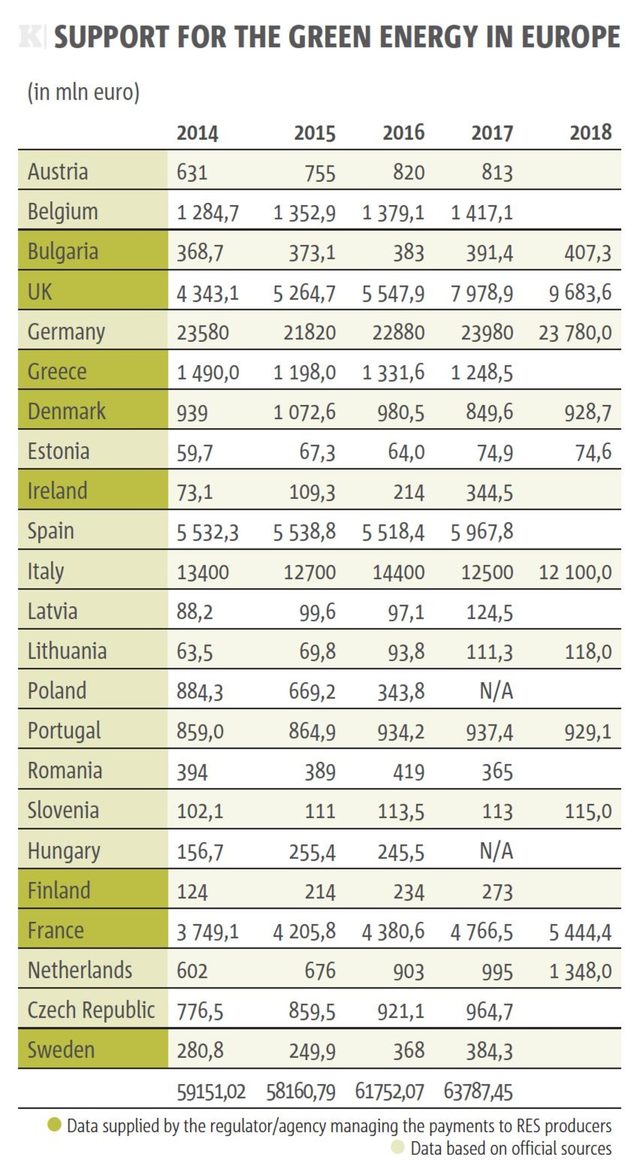
Another important metric is the cost of green energy billed on every MWh consumed. With few exceptions, the funds that go to the green energy producers are collected from all electricity customers via fees on their consumption.
In this category, Bulgaria stands well in the middle - Bulgarian consumers pay approximately one eurocent per every KWh consumed. This is less than a quarter of what Italian consumers pay. But given the lower energy prices for households in Bulgaria (one-third of the Italian ones), the burden is actually almost the same.
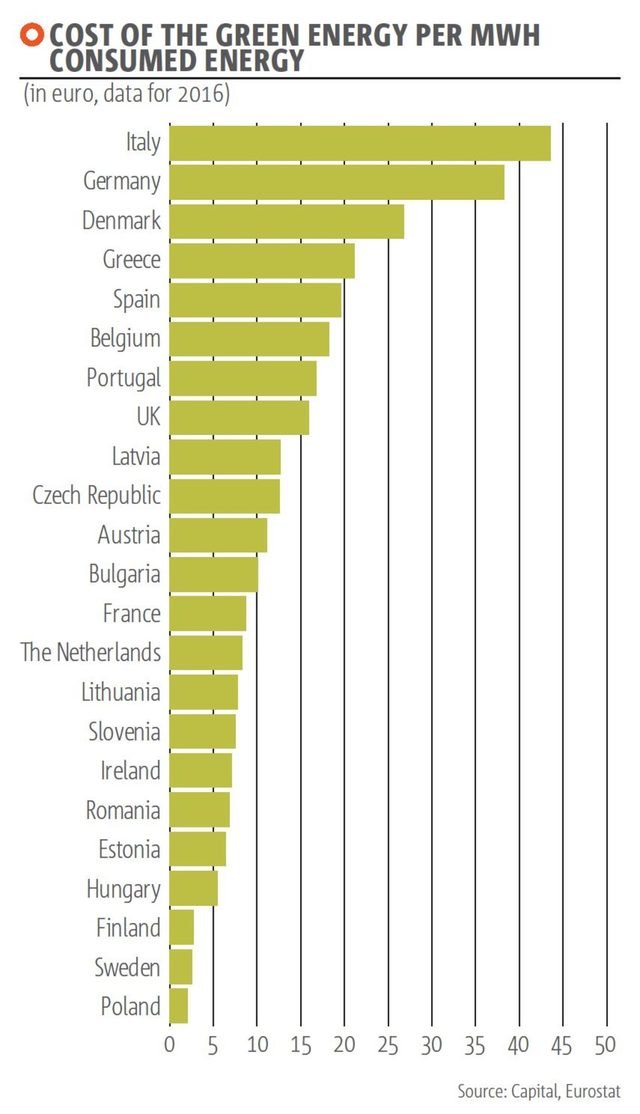
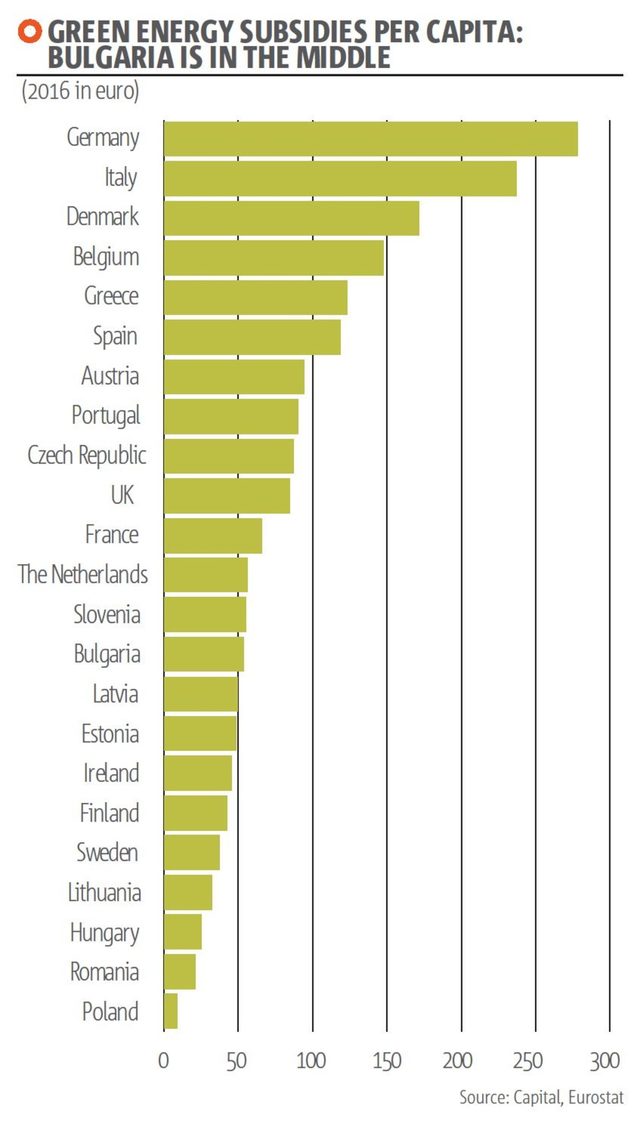
Fossil-free future costs money (and not everyone is happy about that)
The EU's data shows that the member states will achieve and even outperform on the targets for 2020 set back in 2007. The recent string of newly concluded tenders in Germany, the Netherlands or Spain for new wind and photovoltaic installations (which have the lion's share in the EU's expenses on climate policies), shows that the price of their production is rapidly falling down, and it is already close to the market equilibrium in a number of countries. Yet, the rapid deployment of green energy faces many detractors, or calls to slow it down. It is not only the populist parties like the anti-immigrant Alternative for Germany or the National Front for the Salvation of Bulgaria which question both the renewable energy and the whole concept of climate change mitigation. Even established parties in Germany, а champion of greener energy policies, now call for moderation. "Voters across Europe have lost faith in politics partly because of unachievable targets on renewable energy," said German Energy Minister Peter Altmaier (member of chancellor Angela Merkel's Christian Democratic Union), insisting on less ambitious renewable energy goals during a discussion with EU energy ministers in June. Since 2008, electricity prices for households have grown by 40% in Germany.
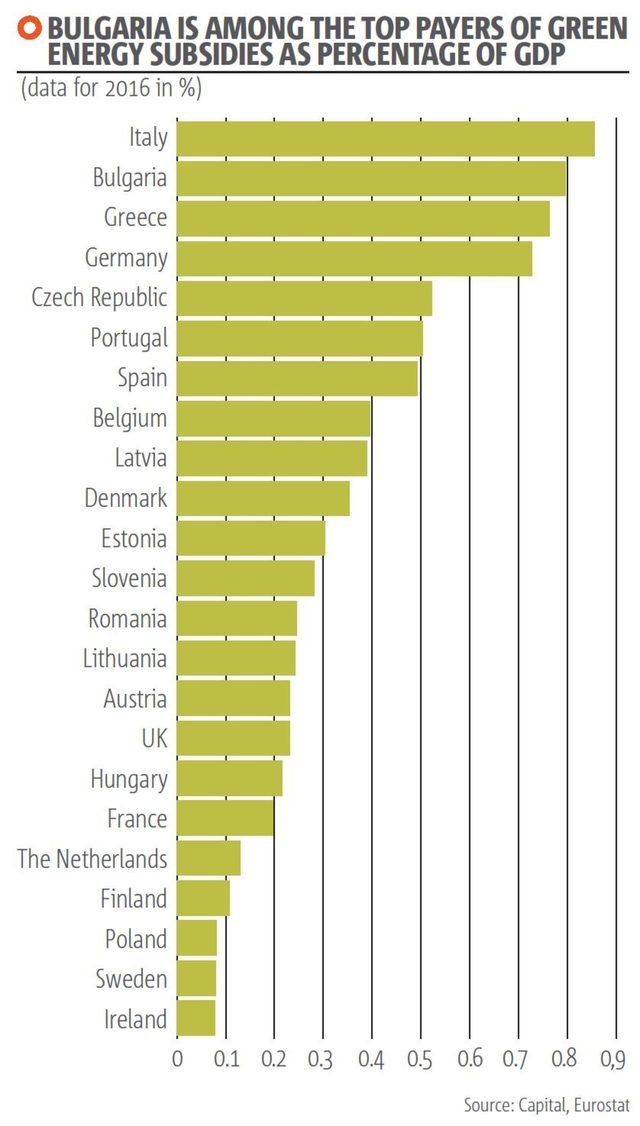
Although renewables accounted for 86% of the newly installed capacity in EU in 2016, according to the 2017 European Environmental Agency report, national statistics show that renewable power has been losing steam in the last several years. For example, the newly installed photovoltaic capacity in Germany was growing by 40-79% per year between 2007 and 2011 but afterwards the annual pace of growth slowed down to 3-5% annually. With policy changes in practically every EU member state reducing subsidies, investors have been pulling out of the market, waiting for a better regulatory climate that will make renewable energy competitive. How many billion more? In the last four years alone the EU member states have spent more than 240 billion euro in subsidies. As a result, the share of green energy in the energy consumption in the EU has doubled compared with the 2007 level, while according to the European Environment Agency the renewables have contributed 9% to the overall reduction of GHG emissions. The rest of the reduction is due to measures for boosting energy efficiency, the introduction of modern technologies and a shift in the European industrial base from energy intensive goods to more services. Two of the most important factors for the reduction of GHGs, however, are the economic plunge in Eastern Europe in the 1990s and the global economic crisis, following the collapse of Lehman Brothers in 2008. The former factor fortunately is already in the past and some of the former communist countries now actually increase their CO2 emissions, because their economies are booming. We can only hope that there will be no repetition of the latter factor. Paradoxically, even though the price of renewable energy is rapidly falling down, the decrease doesn't translate directly into a more competitive market position or a lower production cost. More renewables need more balancing and storage capacity to tackle their intermittent nature and a lot of reserve capacity in case the sun is not shining and the wind is not blowing for a longer period of time. In addition, the RES tend to cannibalize themselves - the bigger the installed power capacity, the more intensive the competition in narrow time frames (when the weather conditions are optimal), which is driving down the wholesale prices and reducing the return needed to recoup the investments. These three factors still make green energy hardly competitive and require additional subsidies. The question is how many.
BULGARIA HAS HI-TECH LABOR SHORTAGE
What was the major event in your business sector in Bulgaria in the past quarter?Bulgarian companies are quickly adopting advanced technology solutions to stay at the forefront of the digital transformation. There are several successful examples of leading companies embracing Cloud as a platform for digital transformation and new business value. ActivTrades completed the migration of its online trading platform to IBM Cloud to increase its online trading capacity and the speed of customer service while DSK Bank reaps the benefits from migrating banking operations to IBM Cloud - achieving 20% in annual savings.
What do you expect to be the next major development in your company's business in Bulgaria?
Data - together with Cloud and AI - will remain the game-changer for every organization on their digital transformation journey. However, with Bulgarian growing economy and unemployment hitting record lows, finding the required skills becomes a major problem. Bulgaria is one of the countries where employers experience difficulties in finding required skills, with the top knowledge shortage in IT and electronics jobs. Organizations need to do more to embrace newcomers and a changing workforce. IBM helps Bulgarian universities tackle that challenge by working with them on various programs, including developing new curricula addressing the skills shortage needs as identified by the business.
Igor Pravica is a Country Sales Leader for IBM Bulgaria. During his 12 year career in IBM, Igor has held number of management positions in sales, technical and services ecosystem in South East Europe. Mr Pravica earned his Advanced Sales Leadership diploma at Boston University Questrom School of Business and graduated Business and Industry Insight Program at London Business School.
The green energy of today has one major flaw: while its deployment is environmentally beneficial, it's still prohibitively expensive. Consumers don't see the reduction of CO2 emissions but a glimpse at their rising monthly bills makes them moan. While a few clicks in Google are enough to find out what the share of renewable energy sources (RES) in the European Union member states' energy consumption is (17% in 2016 and almost 30% in electricity supply), the associated costs are not so easy to discover. No institution in the EU maintains such statistics and only a handful of countries publish transparent data on what consumers pay to reduce their dependence on fossil fuels. Now, when the EU is embarking on a new, far more ambitious climate change mitigation goal, the question how affordable this policy is looms large. Recently, the 28 EU member states agreed to cut by 2030 their greenhouse gas (GHG) emissions by 40% in comparison with their levels in 1990, twice the target for 2020. At the same time, the EU agreed to reach union-wide a share of 32% of renewable energy in its final energy consumption, an increase of little more than 50% above the current goal. In 2016, 23 of the EU member states (there is no reliable data for the other five) spent more than 62 billion euro in subsidies to support renewable electricity generation, a comprehensive research by Capital newspaper reveals. In addition, electricity producers paid 3.79 billion euro in 2016 for CO2 emission allowances (they are meant to make energy produced from fossil fuels more expensive) - costs which were also passed on to consumers. The total amount is staggering but there is a catch. While 499 million EU citizens (in the 23 surveyed countries) actually spent just 126 euro per capita on average in 2016, the financial burden was spread highly unevenly among the member states. Who pays the most? When there are discussions on the cost of green energy, they usually revolve around the total support given to the renewable energy producers or around the support per megawatthour (MWh) of electricity produced. These two metrics, however, don't reveal much.








